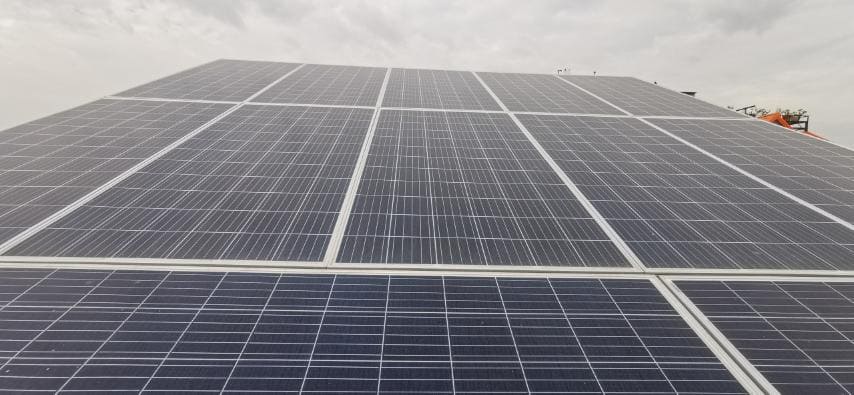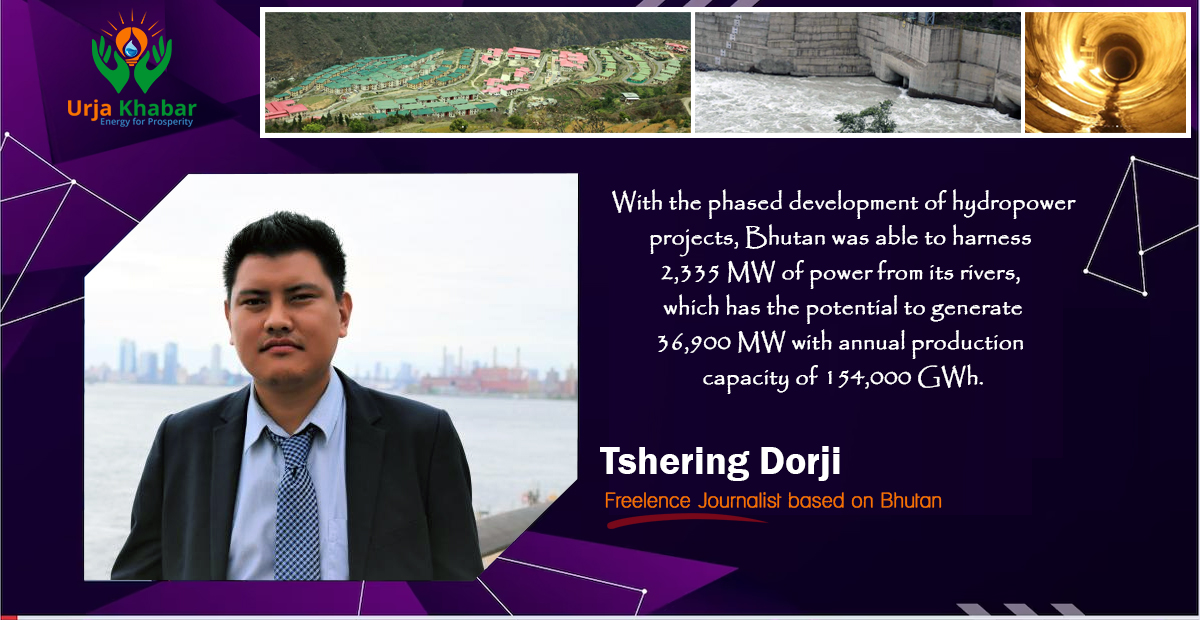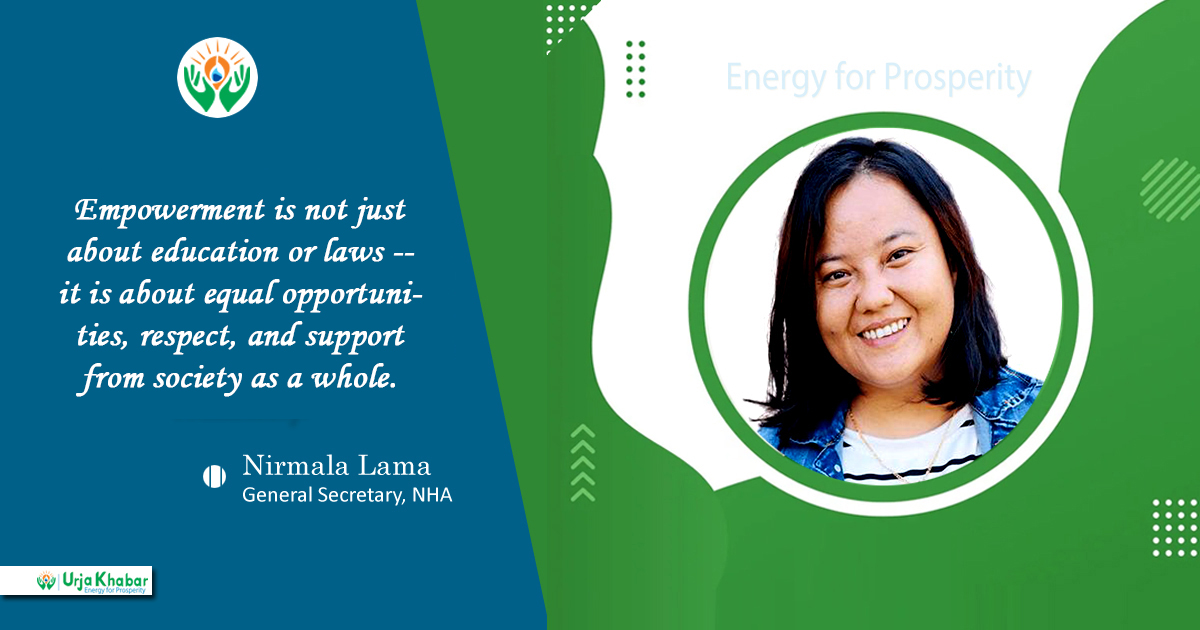Energy Update
Give money for change

Kathmandu: Money doesn’t always buy love. It almost certainly never buys change. If deployed correctly, however, it has immense potential to influence change. Nepal’s development partners should take heed of this universal truth. They must reposition their generous aid so that it leads to systemic change and meaningful policy reforms.
Foreign aid, consisting of grants, loans and technical assistance, accounts for approximately a quarter of Nepal’s budget. Total donor commitments for 2022-23 amount to $2.5 billion, the government’s aid information management system reports. This would place aid per capita in Nepal at around $80, one of the highest in South Asia and across the world.

Development assistance does a lot for Nepal. It helps build schools, hospitals, roads, power plants and infrastructure, provide food security, recover from the earthquake and Covid, and much more. While most development projects are individually successful, collectively they fail to produce (or even influence) enough systemic change.
In many cases, the nature of donor support limits systemic change. I present below an illustrative story from the energy sector.

Donor support
Nepal’s energy sector receives one of the highest levels of aid. In the fiscal year 2020-21, the latest year for which comprehensive aid data is available, the energy sector received $297 million in overseas development assistance, the highest across all sectors. Loans made up 82 percent of this assistance. Technical assistance and grants accounted for the rest. In other sectors too, loans accounted for approximately the same proportion of the development assistance.
Train your sights on distributed renewable energy, a small but emerging segment within the broader energy sector. This segment consists of solar, wind, mini and micro hydro, and bioenergy. This is a popular segment for donor support. It receives substantial funding from several donors, including the United States, Germany, the United Kingdom, the European Union and several multilateral institutions.
Distributed renewable energy is a key segment for Nepal, particularly because it helps to diversify supply sources, enhance security, improve reliability, and make the overall system more resilient. In its second nationally determined contribution (NDC), an international commitment on climate change, Nepal targeted that at least 10 percent of electricity generation will come from these distributed renewable energy sources by 2030. It also targeted having at least 15 percent of the total energy use come from these clean energy sources.
Consider solar rooftop, one of the fastest growing solutions within the segment and easily the most aided. In line with its national objectives, on April 26, 2021, the Ministry of Energy, Water Resources and Irrigation issued a directive entitled “Grid Connected Alternative Energy Development, 2078 (2021).”
This directive set out a clear policy on net metering for solar rooftops. It established that consumers could install grid connected solar rooftops on their premises and sell the excess energy into the grid for an offset against electricity consumption from the grid.
In clause 2.1.g, the directive defined “net metering” as the difference between the consumer’s electricity consumption from the grid and the consumer’s electricity exports from the solar rooftop. In a subsequent clause of that directive, 5.B, the policy stipulated that consumers should be paid based on the solar generation tariff if the electricity exported from the solar rooftop exceeds the electricity used from the grid. Likewise, it also stipulated that consumers should pay for the extra electricity they consume from the grid over what they export at the prevailing electricity tariff rate.
The ministry’s directive set the stage for explosive growth in the sector. Solar was cheaper than electricity from the grid for most consumers. The levelised cost of electricity from solar rooftops was under Rs8 per unit. The electricity tariff for most customers was Rs9 per unit or higher.
For commercial institutional customers, such as cinema halls, for example, which pay the highest tariff at close to Rs14 per unit, the grid tariff was almost twice the cost from solar rooftops. This opportunity generated significant interest, drew in many companies, and led to investments from domestic and international sources.
The Nepal Electricity Authority (NEA), the national power utility that holds a monopoly over the electricity sector, decided it had other ideas when it came to distributed solar rooftop. Last year, it unilaterally, and without notice, suspended net metering rules for approximately six months as it waited to revise down the solar tariff. In the last two years, it reduced the solar tariff from Rs7.3 per unit to Rs5.9 per unit—the only place in Nepal where prices have dropped.
More than the reductions in solar tariffs, it is the way the NEA implements net metering that is most troubling. It does not consider the difference in units of electricity exported from the solar rooftop versus units of electricity used from the grid, as government policy directs. Instead, it prices exports from the solar system at the lower solar tariff price, and offsets that against the customer’s bill. As a result, a typical household customer with a 10-kW solar system may stand to lose approximately Rs100,000 annually, significantly reducing the value of their solar rooftop to them.
The NEA has also placed many softer hurdles on solar rooftops that delay the net metering process. There is no practical recourse to the NEA’s authority in this area. It is often easier to have God answer your prayers than get NEA to approve your net metering application.
The NEA’s method for implementing net metering directly contravenes the policy established by the government. But how can we correct course? The Electricity Regulatory Commission has decided not to entertain the case. The Ministry of Energy appears unwilling to do so. The NEA has decided that it is not bound to implement the policies of the government when a directive threatens its revenue base.
Grants and incentives
Many donors in Nepal are now providing grants to increase solar rooftops. Some of them are providing grants for generation incentives, an additional amount given to project owners or developers for every unit of electricity produced. Other donors provide grants that are used to lower the interest rates on bank loans for solar rooftop systems.
These grants and incentives would not be required if the NEA applied the policies on solar rooftops as the government intended and committed internationally. Solar rooftops are commercially viable and could readily beat grid electricity tariffs if given a fair competitive field.
With such poor policies in place, the grants that donors provide towards supporting solar rooftops undermine the case for policy reform. It validates and locks in poor policies by shifting the narrative to say that solar technologies still need financial support when all they need are fairer policies. It reduces the ability of change makers to rally support and make the case for policy reforms.
The NEA will directly or indirectly receive the $297 million that Nepal’s donors gave the energy sector in the fiscal year 2020-21. An agency so flush with cash has little time or interest in hearing anything else. So, what’s money buying: The wrong love maybe, not change or hope for sure.
Conversation
- Info. Dept. Reg. No. : 254/073/74
- Telephone : +977-1-5321303
- Email : [email protected]














